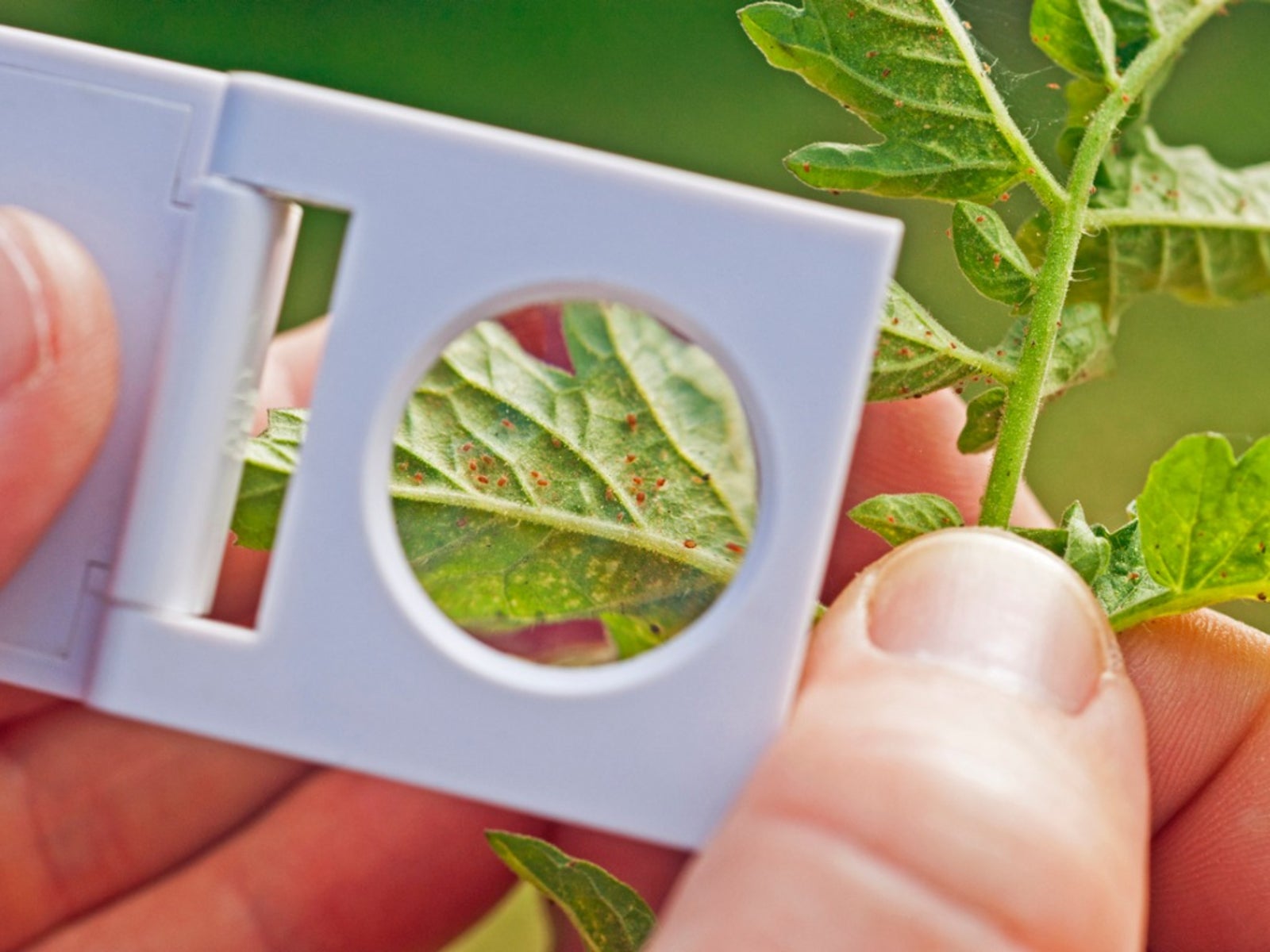What Is Miticide: Tips On How To Use Miticide On Plants


Mites are one of the most difficult garden pests to control. These tiny arthropods are closely related to spiders and ticks. When temperatures are high and humidity is low, mite populations grow rapidly. Since they are so tiny and difficult to see, you may not notice them until they are out of control. Sometimes miticides are useful when these pests get out of hand. Keep reading to learn about the types of miticide available, tips for choosing a miticide, and how to use miticide sprays on plants.
What is Miticide?
Miticides are chemical agents used to kill mites. Choosing a miticide can be a daunting task because of the number of products on the market. Read the label carefully to make sure it is safe to use on the plants you intend to treat and in the setting where you plan to use it. Begin with miticide sprays having the least toxic option. You'll find the word “caution,” “warning,” or “danger” on every miticide label. Products labeled caution are the least toxic and those labeled danger carry significant risk. Don't confuse the level of toxicity to humans with the effectiveness against mites. A more toxic product is not necessarily more effective. The product label is the final word on how to use a miticide. It will have complete instructions on how to mix and apply the miticide as well as information about when and how often to spray. Follow the instructions to the letter. Miticides often lose their effectiveness as the mites develop resistance to the product you are using. When this happens, choose types of miticide containing different active ingredients. In addition, clofentezine and hexythiazox should not be used after each other because they have a similar mode of action. The same applies to pyridaben and fenpyroximate.
Tips for Using Miticide Sprays Safely
The following tips will come in handy when you want to know how to use a miticide correctly:
- Don't use miticide on windy days. Wind can carry miticide to undesired areas, and it isn't as effective because less of the product lands on the intended plant.
- Buy only as much miticide as you can use and mix only what you need at one time because it is very difficult to dispose of the remaining product. It is illegal to pour leftover miticide down the drain or onto the soil, and you can't discard containers of miticide in the garbage.
- Pay particular attention to the undersides of leaves where mites like to hide and build their webs. This is particularly important with contact miticides where the product must come in direct contact with the mite to kill it.
- Store all miticides in their original container and out of the reach of children.
Note: Any recommendations pertaining to the use of chemicals are for informational purposes only. Chemical control should only be used as a last resort, as organic approaches are safer and more environmentally friendly.
Sign up for the Gardening Know How newsletter today and receive a free copy of our e-book "How to Grow Delicious Tomatoes".

Jackie Carroll has written over 500 articles for Gardening Know How on a wide range of topics.